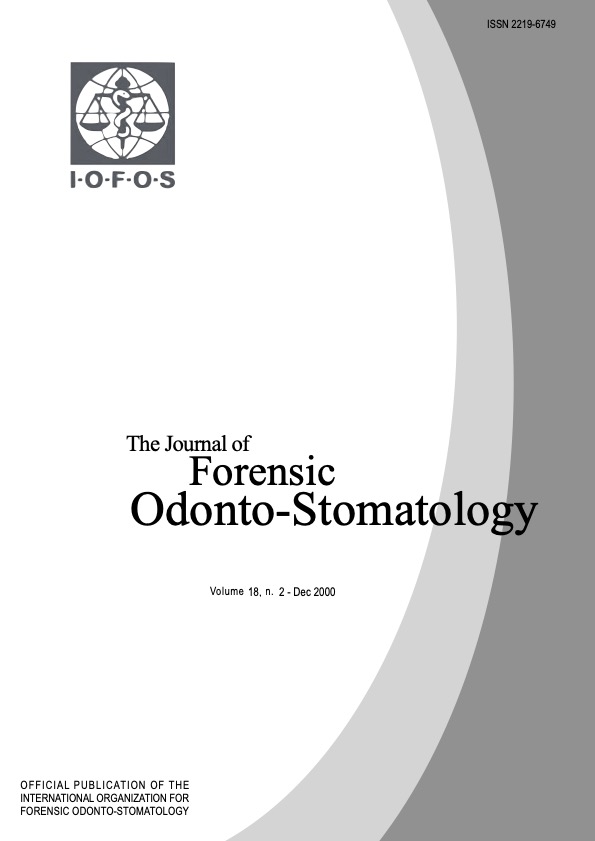Comparison of bitemarks left in foodstuffs with models of the suspects' dentitions as a means of identifying a perpetrator
Abstract
In a recent court case, a comparison was made between an impression of marks left in cheese at a murder scene and a set of study models of one of the suspects. The court was reluctant to accept the validity of the pattern-associated comparison that was used in the identification.
This study compared marks made in cheese, butter and cooked potato with study models taken fTomvolunteers. Patternassociated comparison was the method used. Eighty pair-wise comparisons were made by two odontologists. The examiners correctly identified all the true matches fTomamong the eighty comparisons as well as selecting the dental models for which there were no corresponding silicone impressions. In the absence of identifiable fingerprints or DNA samples, the method can be employed for matching left in foodstuffs to the dentitions of suspects.

